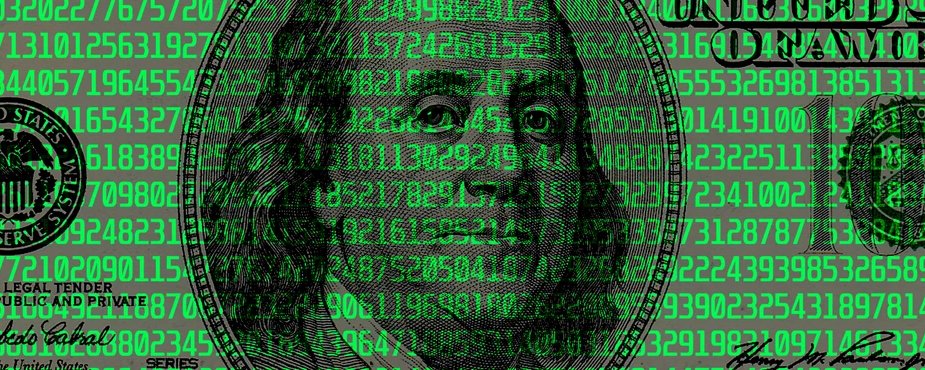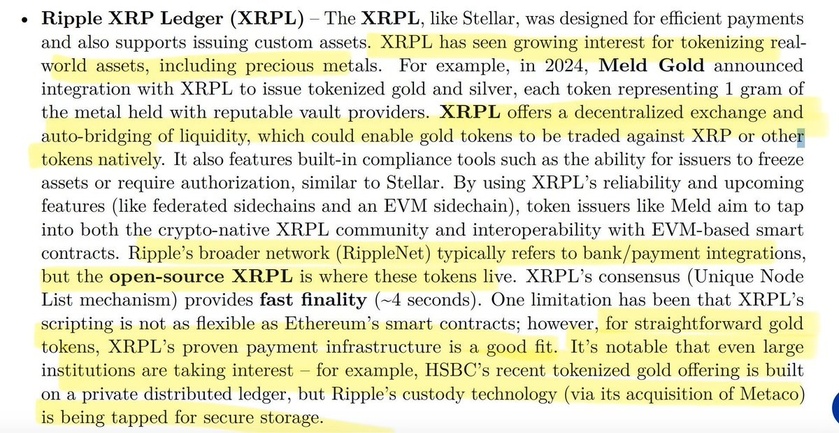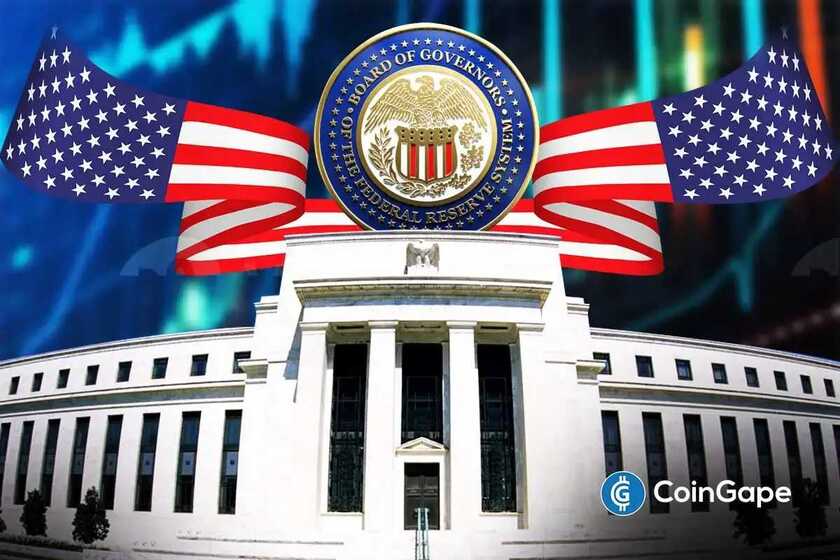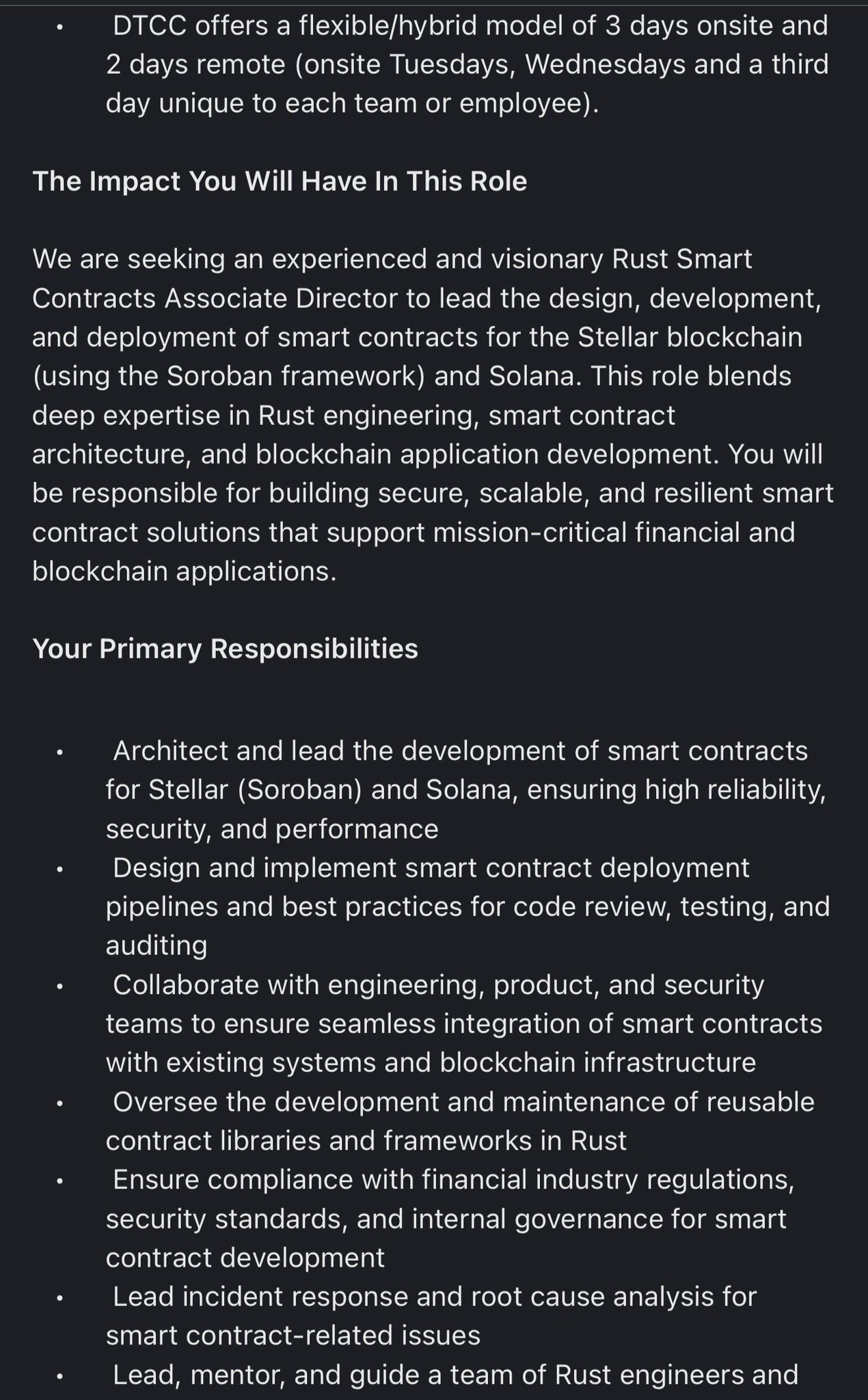Exploring a stablecoin bank 💶 🏦 🪙
For the $1 trillion Visa and Mastercard duopoly, stablecoins are a problem. Unless these two learn to adapt, pro-crypto regulation and aggressive new entrants will begin to put them in a more vulnerable position than ever.
The Credit Card Competition Act (CCCA), if passed, would require large banks to give merchants a choice of at least one additional network (besides Visa or Mastercard, which they’re locked into today) to process credit card transactions. This would weaken Visa and Mastercard’s pricing power, and, importantly, could be a golden opening for a stablecoin network to compete via lower fees. Caveating this piece by noting that the CCCA (sadly) only has a 3% chance of passing in the Senate and 9% in the House, so while it’d be nice if it passes, it’s currently unlikely.
Right now, Visa and Mastercard charge merchants egregious 2-3% swipe fees — which is typically their second highest cost after payroll. Sadly, smaller merchants are disproportionately hit by these swipe fees.
Enterprise giants like Walmart have the pull to negotiate down interchange fees, so they’re able to get better rates than mom-and-pop shops, which are locked into Visa and Mastercard. This is partly why Visa and Mastercard’s profit margins are each higher than 50%: small businesses have no choice but to accept Visa and Mastercard since they control 80% of the credit card market. Put simply, merchants just can’t afford to move away from these two — it’s “classic monopolistic [duopolistic] behavior” (Senator Josh Hawley).
A stablecoin network could drop those swipe fees to essentially zero. Merchants hate swipe fees — rightfully so — and if they could opt for a lower-fee network that wouldn’t limit their TAM, they’d switch in a heartbeat.
Merchants attempting to avoid card processing fees is not a new concept. The main problem, though, is correctly incentivizing consumers to switch their payment method:
“Why would the first person use a new form of money [as opposed to the millionth]?” ~Peter Thiel
The growing popularity of pay-by-bank (A2A) as an option has been a tiny proof point, showing that consumers will shift their behavior under the right conditions.
Fred Wilson of Union Square Ventures even predicts that in 2025, direct bank-to-bank payments will surpass credit card interchange payments in a few categories in the US. Better regulation, specifically the CFPB’s Section 1033, makes it easier (via an explicit government endorsement of open banking) for retailers to offer A2A transactions — which subsequently allows them to avoid card processing fees.
What’s more, the UX for pay-by-bank could end up being much better for consumers — think something akin to ShopPay.
Walmart has already launched a pay-by-bank product, and retailers small and large are beginning to follow suit. To convince consumers to opt for this payment method, Walmart is adding instant transfer capability, so consumers can avoid multiple pending transactions that could lead to overdrafts.
“New technology is making A2A more accessible to smaller merchants, creating a viable alternative to avoid card-processing fees.” ~Sophia Goldberg, co-founder of Ansa.
The appetite for cheaper, faster, and more efficient payment methods is clearly strong.
The question then becomes: how does the transition to a stablecoin network actually work?
Functionally, do consumers need a differently branded piece of plastic or can they pay with their normal Visa/Mastercard cards, which merchants then have the option to route through a different network via forceful regulation? This isn’t spelled out in the CCCA bill, so we’ll see how card compatibility with these new networks ends up playing out.
Mass adoption requires either 1) extremely strong incentives for customers to switch cards entirely (active adoption), or 2) a backend transition where consumers keep using their existing cards but the actual processing happens on a stablecoin network (passive adoption).
One way to align incentives to get everyone on board would be to introduce a brand-new stablecoin bank: account holders could receive discounts at participating merchants like Amazon and Walmart, who’d happily offer rewards since they could eschew the Visa/Mastercard 2-3% swipe fee.
Customers are already increasingly concentrating their spending among a handful of dominant platforms, so as long as 1) the rewards the customer would receive justifies the friction of switching, and 2) the rewards the merchant provides end up being lower than the 2% TPV it’s giving up to Visa/Mastercard, the stablecoin bank would be a win-win.
Customers could still earn yield on their deposits, since stablecoins would be under the hood, and credit issuance itself could be done in stablecoins. But from a user experience perspective, customers would still just be tapping a piece of plastic. At that point, banks could be bypassed entirely:
when a customer spends at a retailer, it would functionally just be sending money from one wallet to another.
The stablecoin bank could make money via processing fees (obviously, lower than the ones at play today), interest on the deposits (yield-sharing), and charging when users offramp from stablecoins to fiat.
Some have argued that stablecoin issuers are actually shadow banks themselves, but for mainstream adoption, a new stablecoin bank that works top-down with the merchants could be the most effective option. Customers will get onboard if the right incentives are in place.
Consider Brazil’s Nubank: it won in a space where banks were both the status quo and notorious for charging excessive fees.
Nubank succeeded by offering an all-in-one mobile-first product with meaningfully lower fees, while Brazilian incumbents often failed to offer even basic financial services in an easily accessible manner.
By contrast, US incumbents — while far from perfect — deliver just enough online and mobile features to keep most customers from switching.
Nubank is famous for its user experience — something that could, in theory, be replicated in the US. But a unified money platform is more than a great interface: it must allow customers to move funds across deposit accounts, stablecoins, crypto, and potentially into BNPL or other credit products — without forcing them to navigate different platforms. This is what Nubank has done so well, and is an example of a gap in the market in the US.
Of course, US regulation is an issue: challenger banks attempting to replicate a Nubank-style approach (but with stablecoins) in America face overlapping mandates from entities like the OCC, Fed, and state authorities.
The question of how feasible a stablecoin bank is comes down to if it needs a banking charter or not, what MTLs are required, and other regulatory questions.
The last bank to get a national charter in the US was Sofi (through its acquisition of Golden Pacific Bank), which received their charter nearly three years ago in January of 2022.
A stablecoin bank could consider creative avenues: for instance, partnering with existing FDIC-insured banks or trust companies, rather than trying to pursue a national charter directly. Without the CCCA, though, any new bank stablecoin payment network — even with a charter — would be limited to non-merchants payments (i.e. B2B and P2P ones).
The bipartisan stablecoin bill recently introduced by Lummis and Gillibrand will help the cause — the goal of the legislation is explicitly to “create a clear regulatory framework for payment stablecoins that will protect consumers, enable innovation, and promote US dollar dominance.” Though this bill is certainly a step in the right direction, it’s much less specific than the CCCA, which has a detailed action item in forcing banks to comply.
A factor that would hurt a stablecoin bank’s chances of success is the banking sector’s massive influence in DC; it’s one of the most powerful lobbying forces in the United States. Because of this, the fight to get the necessary legislation through Congress would be enormous.
In aggregate, ~$85 million in lobbying efforts was spent by banks — large and small — in 2023. It’s important to note that given how creative lobbyists get with different convoluted entities etc, whatever public lobbying spend numbers we’re seeing are much, much higher in reality.
A stablecoin bank would necessitate a regulatory strategy at the outset, plus enough financial backing to withstand lobbying pressure from incumbents. Still, the upside is tremendous.
A successful challenger could bring the integrated finance model that’s missing in the US, fully built on stablecoins. If executed correctly, it would be the most substantial change in how consumers, merchants, and banks interact — the likes of which we haven’t seen since the Internet.
Even though this is a (literal) trillion-dollar market, and completely technically feasible, a stablecoin bank unfortunately is contingent on the CCCA, which is very unlikely to pass. Incumbents will fight with their full force because naturally, the old hates the new. But the new is always inevitable — at least in some form.
https://x.com/bridge__harris/status/1875245405673238796






























